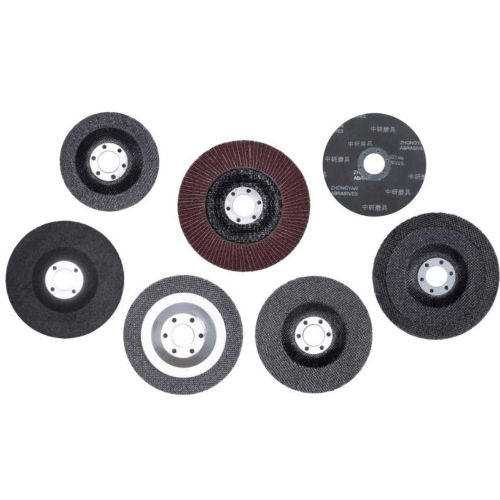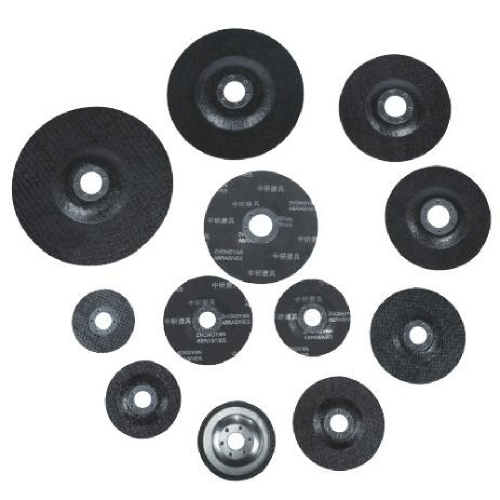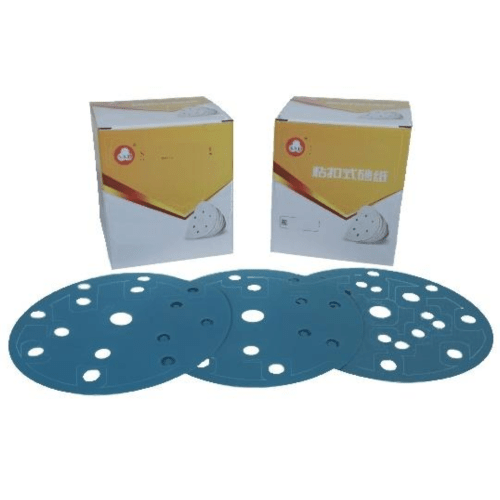grinding efficiency
Grinding efficiency represents a crucial metric in industrial processing that measures the effectiveness of size reduction operations in grinding mills and similar equipment. This comprehensive parameter encompasses multiple aspects, including energy consumption, particle size distribution, throughput rate, and overall material quality. Modern grinding systems incorporate advanced sensors and control mechanisms to monitor and optimize these efficiency parameters in real-time, ensuring consistent output quality while minimizing resource waste. The technology leverages sophisticated algorithms to adjust grinding parameters automatically, responding to variations in feed material characteristics and production requirements. Applications span across diverse industries, from mining and cement production to pharmaceutical manufacturing and food processing, where precise particle size control is essential. The system's ability to maintain optimal grinding conditions while adapting to changing operational parameters makes it invaluable for high-volume production environments. Furthermore, enhanced grinding efficiency contributes significantly to sustainability goals by reducing energy consumption and minimizing material waste, while simultaneously improving product quality and consistency.


